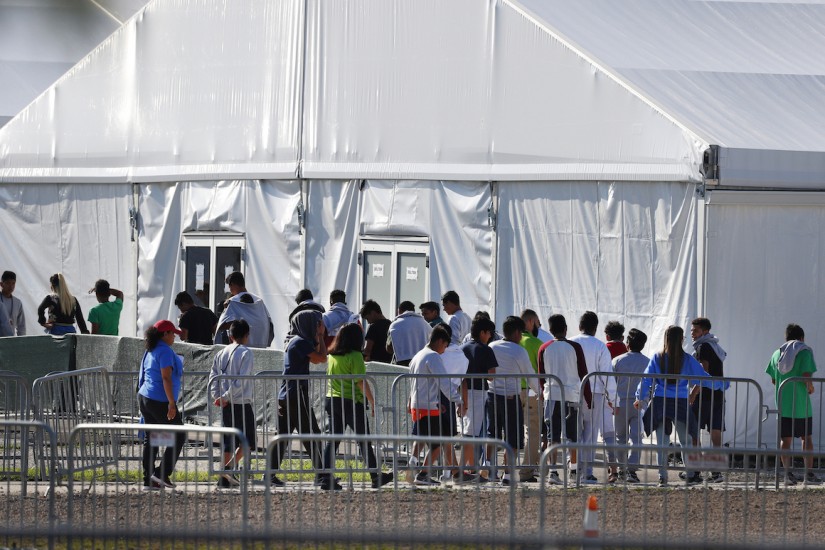If deciding what to do about the growing numbers of adults and children seeking refuge in the US relies on complex humanitarian policies and international laws, in which most Americans don’t take a deep interest, a simpler question also presents itself: What exactly are these camps that the Trump administration has opened, and where is this program of mass detention headed?
Even with incomplete information about what’s happening along the border today and what the government plans for these camps, history points to some conclusions about their future. Mass detention without trial earned a new name and a specific identity at the end of the nineteenth century. The labels then adopted for the practice were “reconcentración” and “concentration camps”—places of forced relocation of civilians into detention on the basis of group identity.
Other kinds of group detention had appeared much earlier in North American history. The US government drove Native Americans from their homelands into prescribed exile, with death and detention in transit camps along the way. Some Spanish mission systems in the Americas had accomplished similar ends by seizing land and pressing indigenous people into forced labor. During the 245 years when slavery was legal in the US, detention was one of its essential features.
Concentration camps, however, don’t typically result from the theft of land, as happened with Native Americans, or owning human beings in a system of forced labor, as in the slave trade. Exile, theft, and forced labor can come later, but in the beginning, detention itself is usually the point of concentration camps. By the end of the nineteenth century, the mass production of barbed wire and machines guns made this kind of detention possible and practical in ways it never had been before.
Under Spanish rule in 1896, the governor-general of Cuba instituted camps in order to clear rebel-held regions during an uprising, despite his predecessor’s written refusal “as the representative of a civilized nation, to be the first to give the example of cruelty and intransigence” that such detention would represent. After women and children began dying in vast numbers behind barbed wire because there had been little planning for shelter and even less for food, US President William McKinley made his call to war before Congress. He spoke against the policy of reconcentración, calling it warfare by uncivilized means. “It was extermination,” McKinley said. “The only peace it could beget was that of the wilderness and the grave.” Without full records, the Cuban death toll can only be estimated, but a consensus puts it in the neighborhood of 150,000, more than 10 percent of the island’s prewar population.
